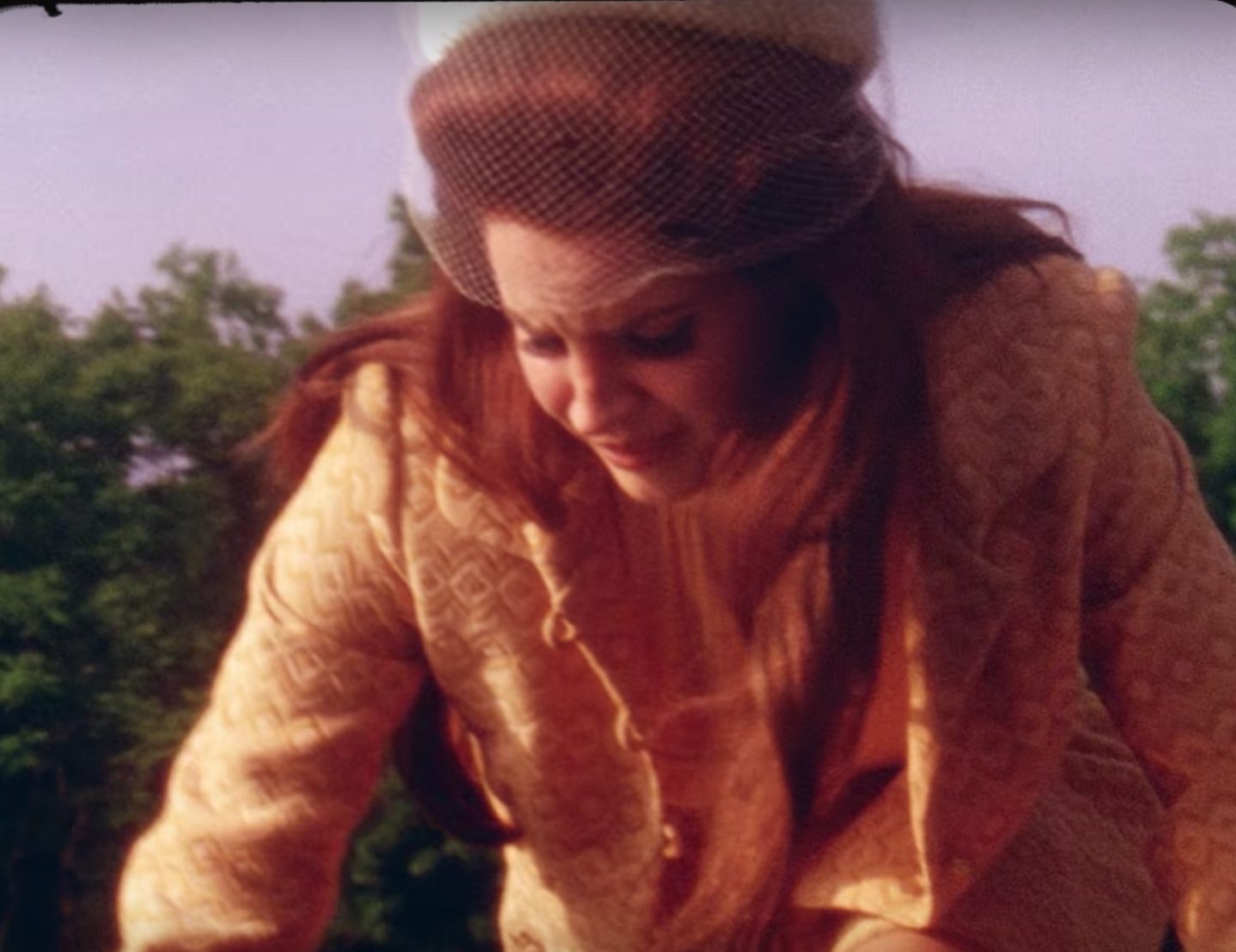Lana Del Rey has generally been regarded as an artist that was not very political in her work up to 2017’s Lust for Life, an opus at times jubilant (“Lust for Life”) and apocalyptically ominous (“When the World Was at War We Kept Dancing”). As she upped the ante on her sudden brand of politicism in the promo era of the record, Del Rey was even reported to have used a binding spell on Donald Trump. A far cry from the girl who used to complain about her boyfriend’s constant playing of video games (at least, that’s how I interpret the song), Del Rey’s sudden turn to overt activist (in keeping with her Summer of Love obsession) is not, in fact, all that sudden.
For, lest anyone forget, her debut album, Born to Die, offered the single “National Anthem,” and with it, perhaps her only truly politically charged video. More than just offering her audience up a black version of JFK in the form of A$AP Rocky as a means of causing a polemic (especially in 2012, and in a pre-Black Panther world), Del Rey intermixes the very best of American idealism with all of its pratfalls. Starting with the eerie opening of Del Rey doing her best version of Marilyn Monroe singing to a shadowed JFK, who we soon discover to be A$AP, it’s clear that Del Rey wants us to note that there are two sides, two foils to every story–especially in the American narrative. Transforming from Marilyn to Jackie (which, in many ways, is symbolic of Del Rey’s artistry going from “frothy,” as some Born to Die listeners might hear it, to more serious), the sounds of chaos and screaming post-assassination are played over a serene Lana as Jackie smelling the flowers on her Camelot residence with director Anthony Mandler then cutting to an idyllic portrait of Lana and A$AP on their lawn with their biracial brood, on which Mandler commented at the time, “There’s a kind of micro-commentary of ‘This is the new royalty,’ you know, A$AP and Lana, trying to pick two people to maybe represent the next generation of something. I think even with an African American president, it’s still controversial to see him sitting and playing JFK, it’s still taboo, even if it shouldn’t be.”
That Lana in her Jackie format is depicted in a jubilant, worshipful fashion seems in keeping with the illusion that Mrs. Kennedy was long able to uphold in her brief reign over the American people, manipulating the beauty and love within her world to the point of inducing envy among all those who watched that famed Valentine’s Day special of her televised tour of the White House in 1962. And yet, when you see her roaming those decadent halls and rooms, she is alone, prompting the question: where was Jack in all this? Was it all a one-sided intensity? That he shows up at the very end of the special to validate all that she’s done with her decorating in front of the interviewer by commenting, “Well, uh, I think the great effort that she’s made has been to, uh, bring us much more intimately in contact with all the men who lived here… I think it makes the White House a stronger panorama, really, of our great story.” With the camera tightly shot around JFK’s face, the only time we do see Jackie again is when she’s looking on fondly at him. That her love could remain so unwavering in the face of JFK’s blatant dalliances speaks to Mandler’s assessment of the relationship repurposed for “National Anthem,” noting, “…the Kennedy relationship, certainly the triangle of Marilyn Monroe and Jackie O and Jack Kennedy, became this kind of ideal of what seemed perfect from the outside was maybe rotting from the inside. And Lana was really interested in exploring this loss of innocence, this idea that what you think you’re experiencing is maybe not what it’s always going to be. Because when you say ‘Kennedy,’ that immediately evokes something, just like when I say ‘It’s a Romeo and Juliet story.’ So I think using that power, that pedigree of the story is a really fascinating place to show the loss of something, the breakdown of something.”
Who knew Del Rey was unwittingly predicting the breakdown of American government altogether? That the video was created in the latter part of the Obama presidency infers that some semblance of optimism ought to have been present–yet apart from the “progressive” aspect of presenting an interracial couple, it seems Del Rey had some vague sense of foreshadowing in mind–that whenever an ostensibly impenetrable utopian sentiment starts to feel too good, it’s bound to be shattered, every single time.
As the song begins to reach its conclusion, Mandler gives us a tight shot of Del Rey’s “trust no one” hand tattoo, just as her gushing “I remember when I met him, it was so clear that he was the one for me” monologue begins. For even the most untrusting of us are known to have our barriers broken down once in a while. When they are, it can lead to the moving of mountains, but also the generation of holes in heads. So you take the good with the bad, yo-yoing about like a stock market chart pre-October 24, 1929. But when you plummet, you can rise again.
When Del Rey concludes the video with the once great emblem of the U.S.–the president–dead, one gets the sense that her saying, “And I still love him,” is no longer about the man, but the institution that is America, even with all its flaws.




















